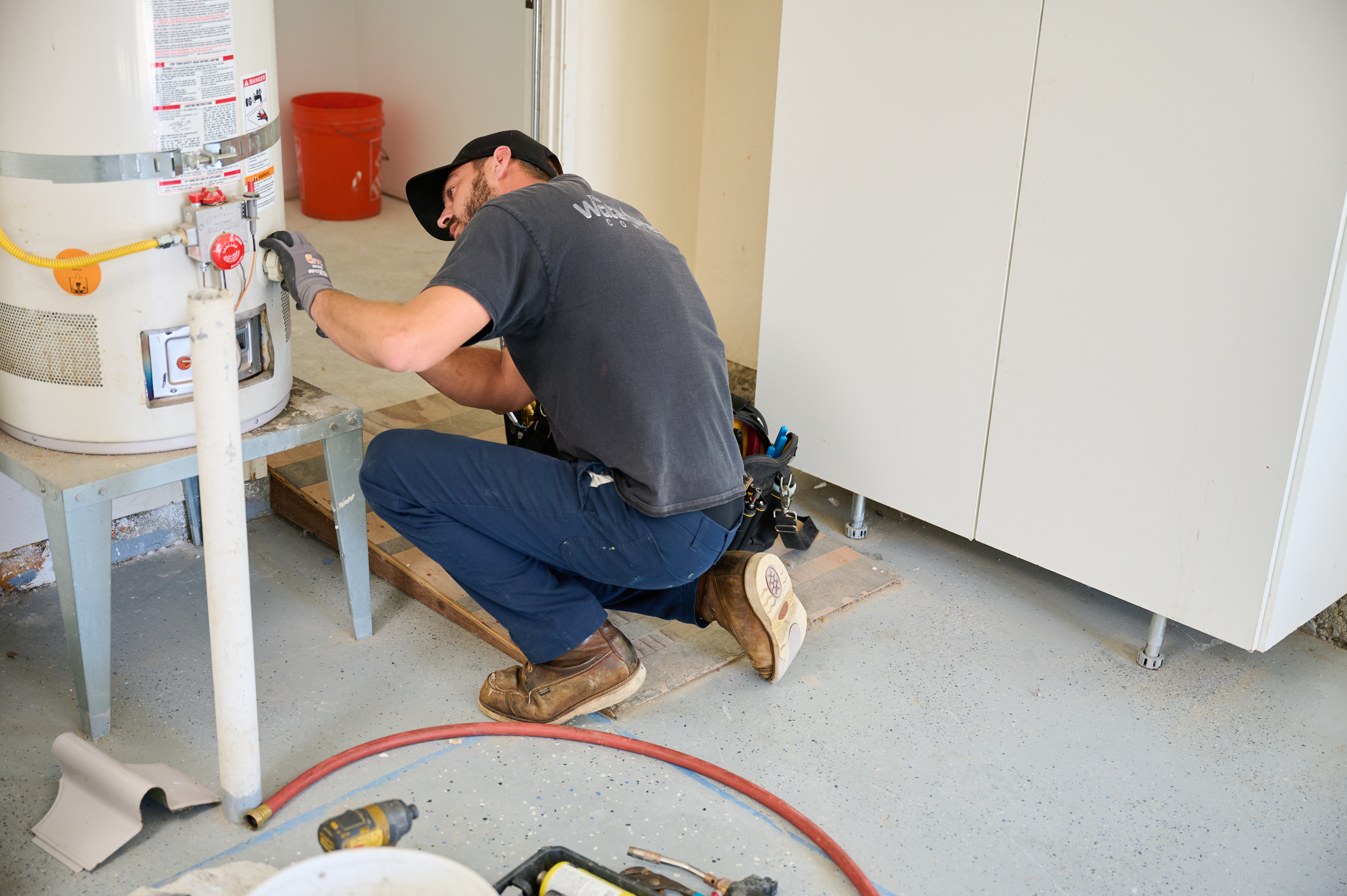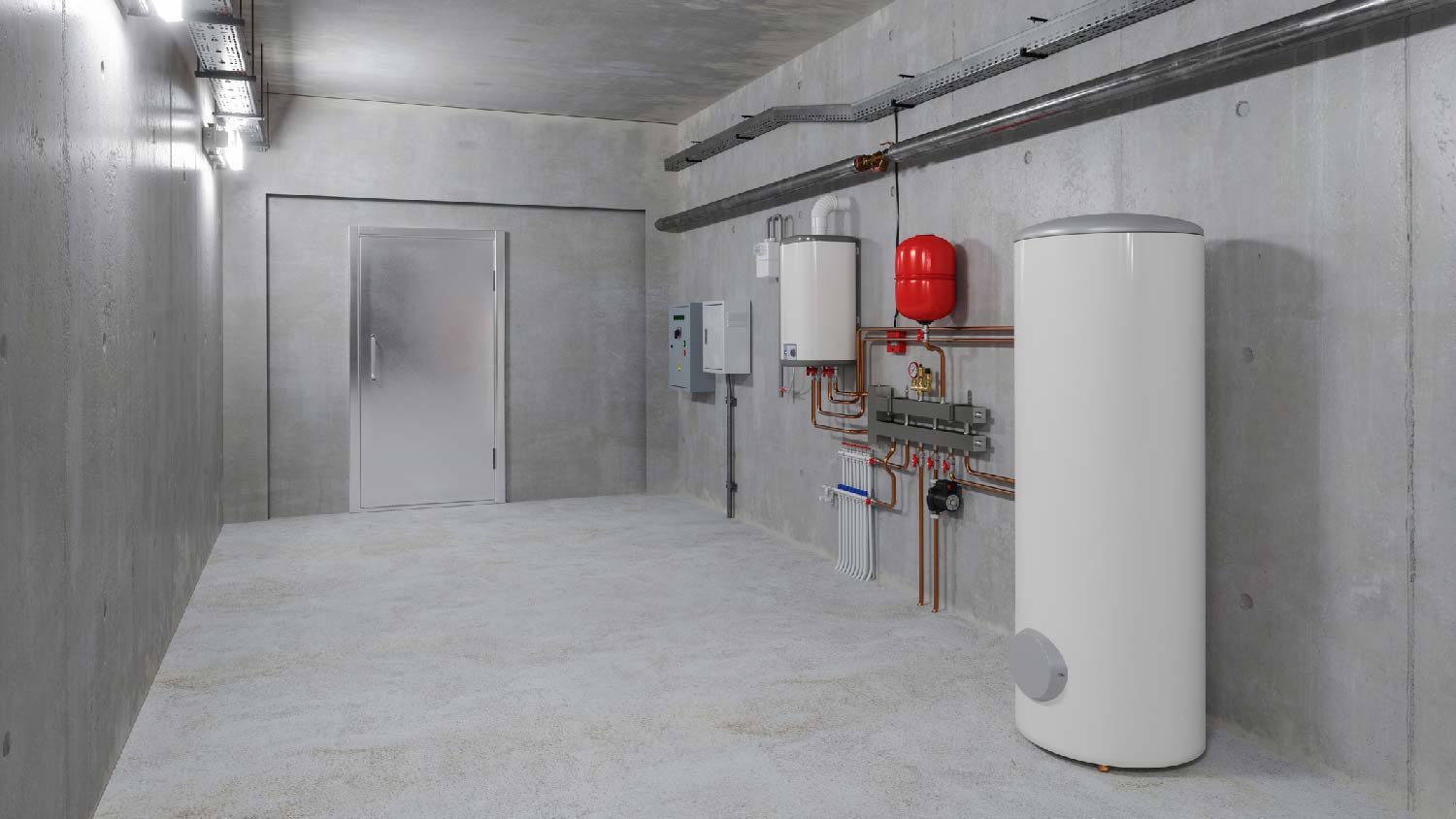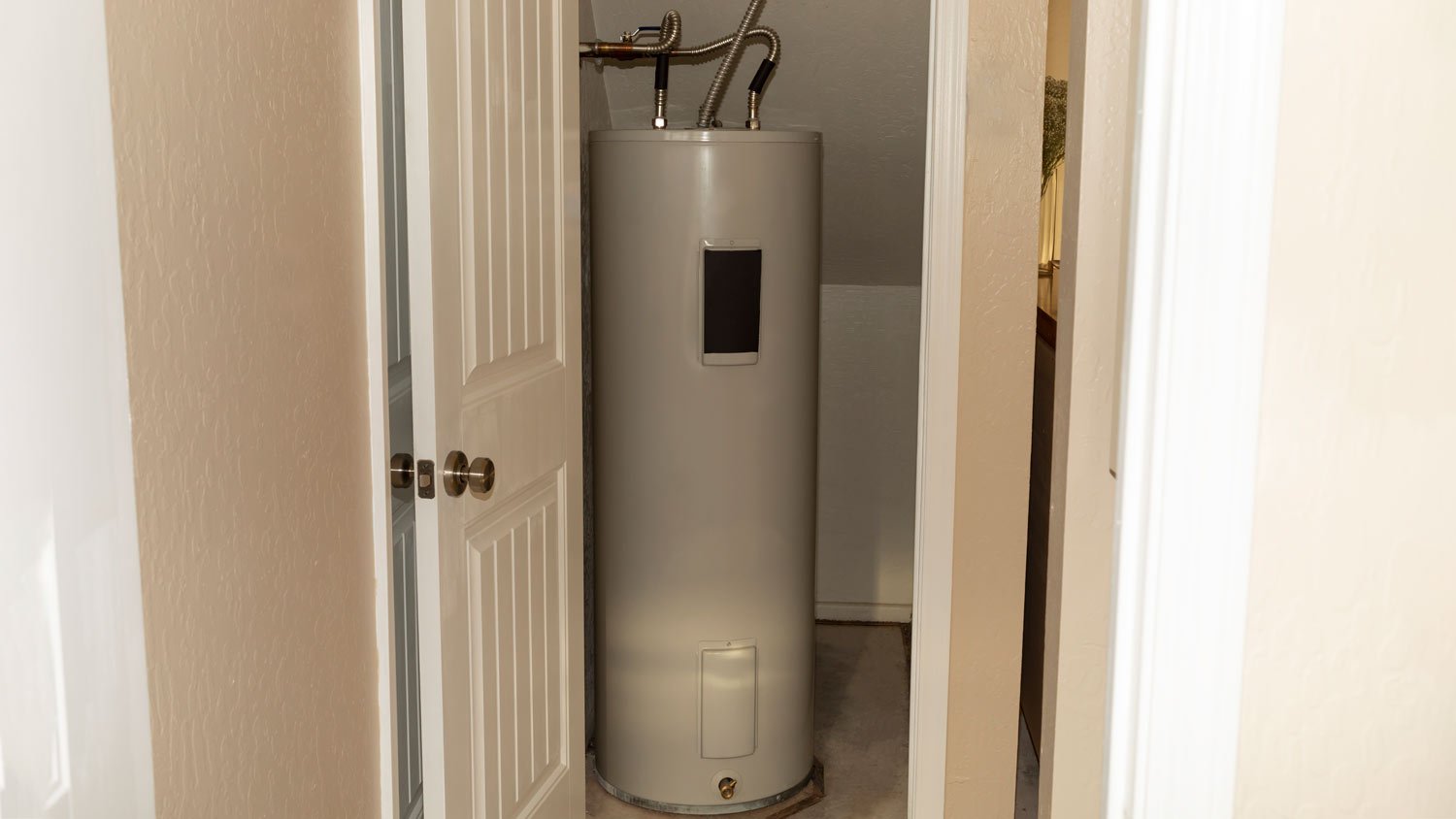
Find out the average tankless water heater repair cost, what impacts pricing, and how to save. Get expert tips to plan your repair budget with confidence.
No one likes a cold shower


From too-cold to too-hot water to unusual colors, water heaters can develop multiple problems.
Inspecting your water can help you figure out what's going on.
Regular maintenance can keep your water heater in good shape.
You may need to replace the heater with a new model.
Is your water heater acting up? Maybe the water coming out of the tap is way colder than it should be—or way too hot. The heater itself could have problems, such as making too much noise or leaking. Here's how to check your hot water heater to figure out what's going on—and what you can do about it.
How you check a hot water heater depends on the type of problem you're dealing with, whether it's a lack of hot water, a strange color, or too much noise.
No hot water can be a sign of water heater failure or a temporary, easy-to-fix problem. If the temperature is nowhere near where it should be, the problem could be due to:
A loss of power
A burnt-out pilot light
A faulty heating element
A wonky thermostat
First things first, check to make sure your water heater is getting the power it needs. If it's an electric heater, check the circuit breaker to make sure the circuit hasn't tripped. If it's a gas-powered heater, inspect the pilot light to confirm it's still burning.
To reset a tripped breaker, push the breaker all the way to the offside, then flip it back on. If the pilot light has gone out, follow the instructions on your heater to re-ignite it. If the light keeps going out or the breaker keeps tripping, call in a pro to take a look.
Figuring out if the thermostat or heating element is to blame for your lack of hot water takes a bit more work. To avoid dismantling your heater on your own and the safety risks involved in doing so, your best best is to call a water heater repair professional near you to check things out.
Maybe you're having the opposite problem, and the water coming out of the tap is way too hot.
This can be a quick fix, as it's possible that the heater's thermostat was adjusted upward. Check it and return it to 120 degrees Fahrenheit to cool things off.
If the thermostat is set to 120 degrees and the water is still way hotter than it should be, the thermostat could be broken, or the heating element working overtime.
Signs of an overworked heating element include mineral build-up on the heater or too much pressure in the heater. Try flushing the water heater or resetting the pressure release valve to lower the temperature.
Brown or rust-colored water often means one thing: corrosion inside the water heater tank.
Fixing corrosion depends on the source. Hire a repair professional to inspect the heater and identify the source of the rust. In some cases, it could be due to a worn-out anode rod in the center of the heater. A water heater repair pro can easily replace the rod for you.
If the tank's lining is worn out or cracked, a quick fix is likely not possible. In that case, replacing the entire water heater is the best solution.
If you see water pooling around the base of your water heater or pouring out its sides, it's time to determine where the leak is coming from.
First, examine the inlet pipes that connect to your heater. If you notice any loose connections, use a wrench to tighten them.
If water is streaming down the sides of the heater's tank or pooling on the floor, the cause is likely a crack or split in the tank somewhere, due to sediment buildup or corrosion. In this case, you'll need to replace the entire heater to stop the leaking.
Water heaters are supposed to make some noise. But if yours is banging, clanging, or whistling, that could be a sign of a problem.
Sediment build-up is a common reason for a noisy water heater. Draining the tank and releasing any pressure from it should help to reduce the noise.
Loose pipe connections can also lead to a noisy heater. Inspect the pipes around your heater to see if the connectors are tight. If they're loose, you can use a wrench to tighten them.

Preventative maintenance on a water heater can help to reduce or keep away issues and extend the heater's lifespan.
Inspect your water heater regularly, at least every other month. Your water heater inspection checklist should include the following:
Listening for unusual noises
Looking for signs of leaks
Testing the water temperature
Looking at the water's color
Assessing the water pressure
Along with inspecting your heater regularly, flush the tank at least once a year, to remove any sediment and help it continue to function efficiently.
From average costs to expert advice, get all the answers you need to get your job done.

Find out the average tankless water heater repair cost, what impacts pricing, and how to save. Get expert tips to plan your repair budget with confidence.

Tankless water heater costs depend on the size of your water heater, location, fuel type, and more. Keep reading to calculate your expenses.

Learn all the factors that influence the cost to install a heat pump water heater at your home.

Learning how to replace a water heater in your home is a challenging task that most people will want to leave to the professionals. But if you’ve got expert-level skills, here’s what to do.

Does your water heater always turn off? Here’s how to diagnose the problem.

Are you not sure who fixes hot water heaters? Find out who does this kind of work and who to call to get your hot water back on tap.